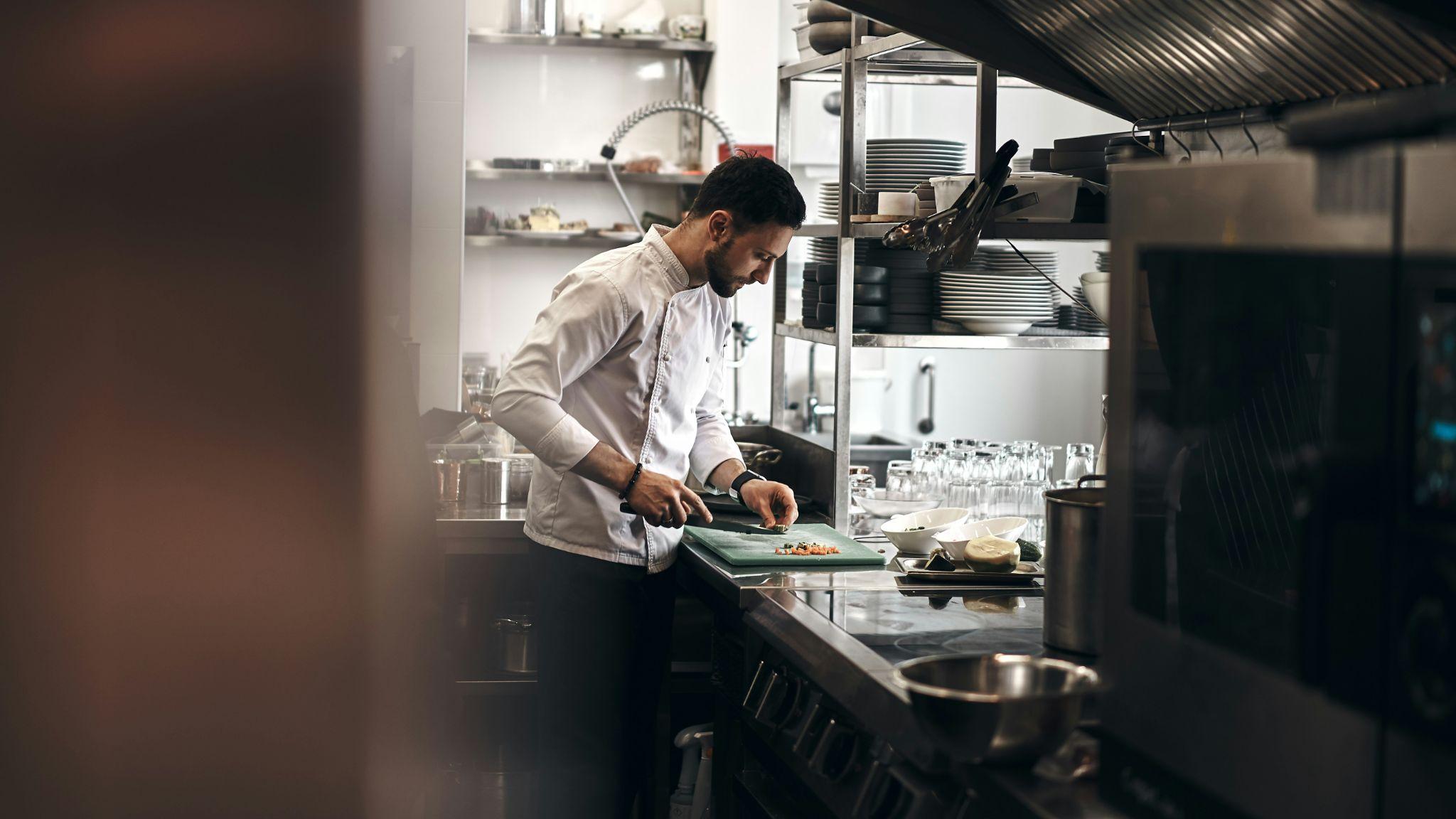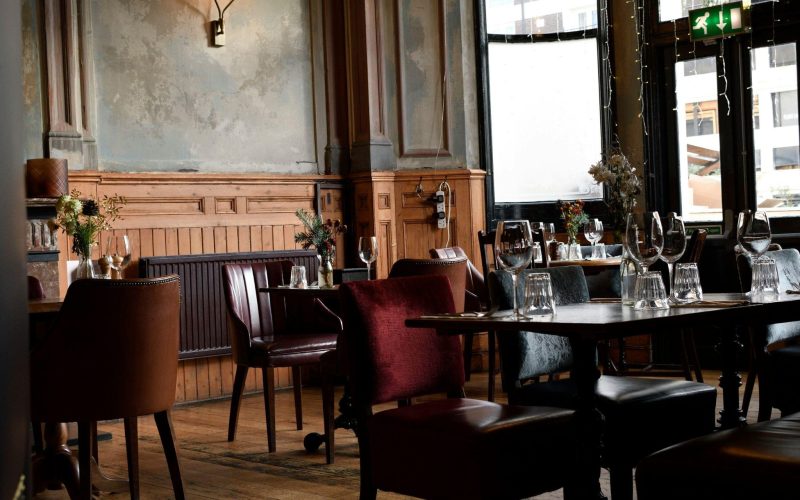Owning a small restaurant can be challenging, especially when transforming a limited space into a functional and attractive area for customers. A well restaurant business plan that considers both operational and aesthetic aspects is crucial for success. This article presents effective small restaurant design ideas to help create a unique and inviting dining experience.
Optimize Space Utilization
Maximizing the use of available space is critical in a small restaurant. Here are some strategies:
- Multi-functional Furniture: Use tables and chairs that can be easily moved or folded to accommodate different group sizes. This flexibility allows for efficient space management during peak hours and special events.
- Vertical Storage: Utilize wall space for shelving to store items or display decor, freeing up floor space. Wall-mounted shelves and racks can hold kitchen essentials, decorative items, and even plants, making the space look organized and stylish.
- Compact Equipment: Invest in compact kitchen appliances and fixtures to save space without compromising functionality. Small-scale ovens, refrigerators, and dishwashers can perform efficiently while taking up less room.
Ambiance and Aesthetics

Creating a pleasant ambiance is essential for attracting and retaining customers. Consider the following elements:
- Lighting: Use a combination of natural and artificial lighting to create a warm and inviting atmosphere. Adjustable lighting can help set the mood for different times of the day, from a bright, energetic lunch service to a cozy, intimate dinner.
- Color Scheme: Choose colors that reflect your restaurant’s theme and enhance the dining experience. Current kitchen color trends suggest using soft, neutral tones combined with vibrant accents to create a lively yet cozy environment. Colors such as pastel blues, soft greys, and earthy greens are popular choices.
- Textures and Materials: Incorporate a mix of textures and materials such as wood, metal, and fabric to add depth and interest to the space. Wooden tables and chairs, metal light fixtures, and fabric cushions or curtains can create a balanced and inviting interior.
Interior Design
Interior design plays a crucial role in defining the character of your restaurant. Here are some tips:
- Seating Arrangements: Optimize seating arrangements to maximize capacity without making the space feel cramped. Consider different types of seating, such as booths, bar stools, and communal tables. Ensuring comfortable spacing between tables is key to a pleasant dining experience.
- Decor Elements: Use decor elements that align with your restaurant’s theme. Artworks, plants, and unique fixtures can enhance the overall aesthetic. Vintage posters, contemporary art pieces, or custom wall murals can add character and charm.
- Functional Zones: Designate specific areas for dining, waiting, and takeout to streamline operations and improve customer flow. Clear signage and well-defined areas help in managing customer expectations and staff efficiency.
Functional Kitchen

The kitchen is the heart of any restaurant, and its design is vital for efficiency and productivity:
- Ergonomic Layout: Arrange kitchen equipment and workstations to minimize movement and enhance workflow. The kitchen layout should support a smooth transition between food preparation, cooking, and serving. Common layouts like the galley, open, or zone-style kitchens can be adapted to fit small spaces.
- Storage Solutions: Implement smart storage solutions to keep ingredients and utensils organized and easily accessible. Pull-out shelves, hanging racks, and under-counter storage can maximize available space.
- Ventilation: Ensure proper ventilation to maintain a comfortable working environment and eliminate cooking odors. Good ventilation systems help in maintaining air quality and temperature, crucial for both staff comfort and food safety.
Website Design
Having a strong online presence is essential for attracting customers. Here’s how to effectively design your website with dedicated templates:
- User-friendly Interface: Use dedicated templates that are easy to navigate and visually appealing. Ensure that your website is mobile-friendly to cater to customers on the go.
- High-quality Images: Showcase high-quality images of your restaurant’s interior, dishes, and events to entice potential customers. Professional photography can highlight your menu items and ambiance, making your restaurant more appealing online.
- Consistent Branding: Ensure that the website design reflects your restaurant’s brand identity, including color schemes, logos, and overall theme. Consistent branding helps in creating a recognizable and professional online presence.
Innovative Concepts

Incorporating innovative restaurant ideas can set your establishment apart from the competition. Consider these concepts:
- Themed Decor: Create a unique theme for your restaurant that reflects your cuisine and brand identity. This can create a memorable dining experience for customers. Themes such as rustic farmhouse, modern chic, or coastal can make your restaurant stand out.
- Interactive Elements: Incorporate interactive elements such as open kitchens, chef’s tables, or live cooking stations to engage customers. These features can provide entertainment and a unique dining experience, encouraging repeat visits.
- Sustainability: Implement eco-friendly practices such as using sustainable materials, reducing waste, and offering locally sourced ingredients. Green practices not only appeal to environmentally conscious customers but can also reduce operational costs.
Conclusion
Designing a small restaurant requires a strategic approach to make the most of limited space while creating an inviting and efficient environment. By optimizing space utilization, focusing on ambiance and aesthetics, and incorporating innovative ideas, you can create a restaurant that not only attracts customers but also keeps them coming back.





